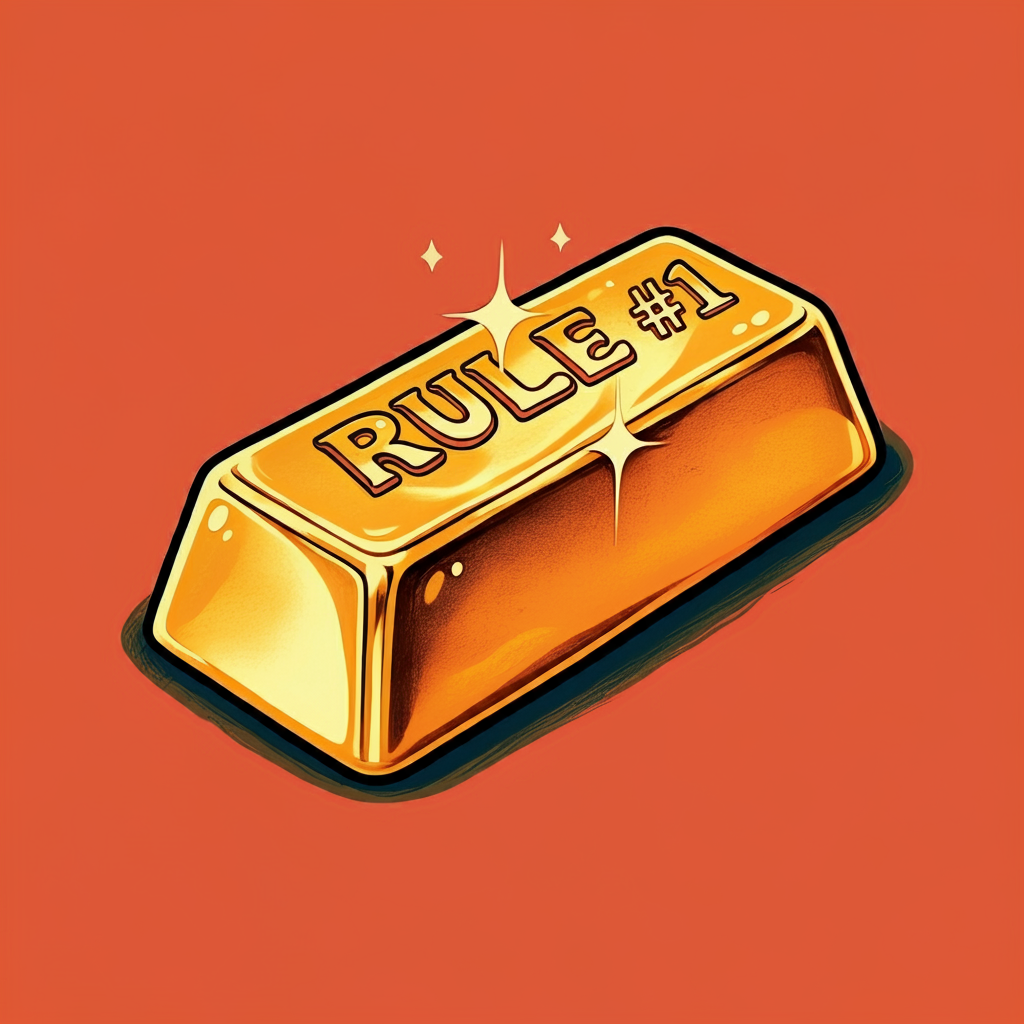YOUR GUIDE TO REACHING FINANCIAL FREEDOM WITH DIVIDENDS
Join 15k+ savvy investors reading the newsletter, and let Retire With Ryne grace your inbox every week as you build your perpetually growing, cash-flowing dividend stock portfolio.
The other day, my friend Jakob reached out to me with a great question, asking how I was able to choose the slow, steady process of dividend investing instead of a more exciting approach like day trading, options, or something more along those lines. And I think this gets to the heart of one of the hardest parts of investing: being patient.
The more you spend, the more you have to earn just to maintain that standard, and before you know it, the stuff you own starts controlling you instead of the other way around. This leaves you in a position where you're more dependent on the income from your job when you should be working toward the opposite.
The Ownership Dividend by Daniel Peris is one of the best books I've read in a while. This is why I think it's a must-read for all dividend investors.
Sometimes the biggest mistakes you’ll make in your dividend portfolio aren’t from doing the wrong things, like investing in a low quality dividend stock, but from not doing the right things, like letting high quality, discounted dividend stocks pass you by.
Your dividend investing journey unfolds in stages, with each one marking a milestone in the pursuit of financial freedom. In my own brief investing experience, I've found that there are five levels of dividend investing.
A dividend yield trap is a situation where an attractively high dividend yield masks underlying issues within a company, eventually leading to disappointment for investors. Fortunately, dividend yield traps can be pretty easy to identify.
In 2021, people around the world were living, on average, just over 70 years. That’s pretty amazing when you consider that only 200 years ago, people were only making it to about half that age. This remarkable increase is thanks to various improvements in science, healthcare, and global living conditions, along with something called "The Longevity Dividend.”
The ability to think for yourself and make your own decisions is paramount as a dividend investor. This is not to say that you should completely ignore the insights of others and not learn from more experienced investors, but blindly following the herd can lead to a lack of control over your portfolio and your financial future.
As dividend investors, we prioritize stability and reliability, and there's no better place to find these qualities than in a "toll booth" company.
When you first start investing, the growth of your dividend portfolio comes at a snail's pace and the momentum seems impossible to create. However, this doesn’t last long thanks to the dividend flywheel.
While the payout ratio is a reliable metric when it comes to analyzing the dividend safety of regular companies, REITs like to dance to a different beat. They have their own metric called the Funds from Operations (FFO) Payout Ratio, and that's what we need to focus on.
While many investors are attracted to high-yielding dividend stocks for their immediate income, I believe that dividend growth stocks are your secret weapon to building a successful portfolio over the long-term.
As gut-wrenching as all of this volatility in the market is starting to become, it’s creating a lot of opportunity—especially for dividend investors like us. One stock that’s looking especially interesting to me right now is Pool Corporation (POOL)—my top dividend pick to buy in April.
No February decline was quite as large—or as delicious—as the one we saw with Wingstop (WING), which is my top dividend stock to buy in March.
Despite the rising share prices we’ve seen so far in 2025, there are still a few good-looking deals out there—and one of the standouts is Rexford Industrial Realty (REXR), which is my top dividend stock to buy in February.
My top dividend stock to buy in January hits close to home—literally. And after a 10% drop in share price just in the last month, it’s back on my radar as we head into the New Year. Once again, we’re talking about VICI Properties (VICI).

3 CHEAP Dividend Stocks PERFECT For Any Investor's Portfolio
Generally, stocks with high dividend yields don't tend to offer much dividend growth (if any), while those that do have a tendency to aggressively increase their dividends rarely have high yields. With that said, there are always exceptions to the rule. Some stocks exist that can play on both ends of the spectrum, and come complete with both a high yield AND a respectably high dividend growth rate.
















